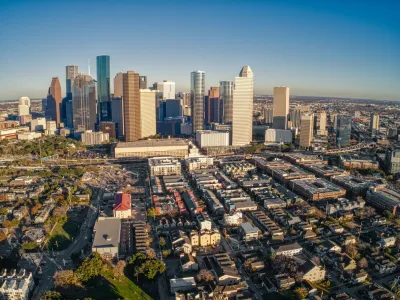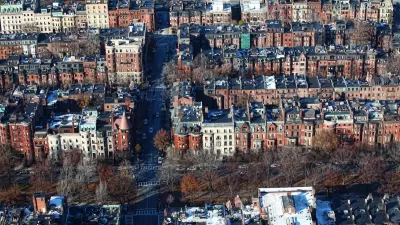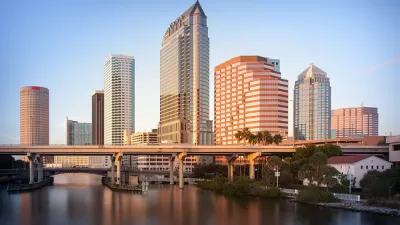Unsubsidized, low-cost rental housing is a significant source of affordable housing for Houston households, but the supply is declining as units fall into disrepair or are redeveloped into more expensive units.

An analysis from the Kinder Institute for Urban Research emphasizes the importance of “naturally occurring affordable housing,” or NOAH, in Houston, which make up 85 percent of Houston’s regional housing stock. NOAH is defined as “low-cost rental housing … offered by the private market [that] does not receive federal housing subsidies” but serves households that would qualify for assistance.
More than half of these properties in the Houston area are in “average or worse condition” and require maintenance or renovations, which could result in increased rent costs. “Additionally, rising property values in central Harris County and Houston make NOAH properties subject to gentrification, especially in neighborhoods that offer a wealth of amenities.”
According to the analysis, NOAH is currently the primary source of housing stock for low-income Houston households, but its nebulous status and tendency to appear and disappear with market trends make it difficult to identify and preserve. The authors suggest using Houston’s tax increment reinvestment zones (TIRZs) to preserve NOAH by helping to fund repairs and maintenance. “TIRZ programs, a form of value capture to encourage investment in distressed neighborhoods, often devote about 25%-30% of their funds toward affordable housing construction or renovation.”

Planetizen Federal Action Tracker
A weekly monitor of how Trump’s orders and actions are impacting planners and planning in America.

Maui's Vacation Rental Debate Turns Ugly
Verbal attacks, misinformation campaigns and fistfights plague a high-stakes debate to convert thousands of vacation rentals into long-term housing.

San Francisco Suspends Traffic Calming Amidst Record Deaths
Citing “a challenging fiscal landscape,” the city will cease the program on the heels of 42 traffic deaths, including 24 pedestrians.

Defunct Pittsburgh Power Plant to Become Residential Tower
A decommissioned steam heat plant will be redeveloped into almost 100 affordable housing units.

Trump Prompts Restructuring of Transportation Research Board in “Unprecedented Overreach”
The TRB has eliminated more than half of its committees including those focused on climate, equity, and cities.

Amtrak Rolls Out New Orleans to Alabama “Mardi Gras” Train
The new service will operate morning and evening departures between Mobile and New Orleans.
Urban Design for Planners 1: Software Tools
This six-course series explores essential urban design concepts using open source software and equips planners with the tools they need to participate fully in the urban design process.
Planning for Universal Design
Learn the tools for implementing Universal Design in planning regulations.
Heyer Gruel & Associates PA
JM Goldson LLC
Custer County Colorado
City of Camden Redevelopment Agency
City of Astoria
Transportation Research & Education Center (TREC) at Portland State University
Jefferson Parish Government
Camden Redevelopment Agency
City of Claremont





























